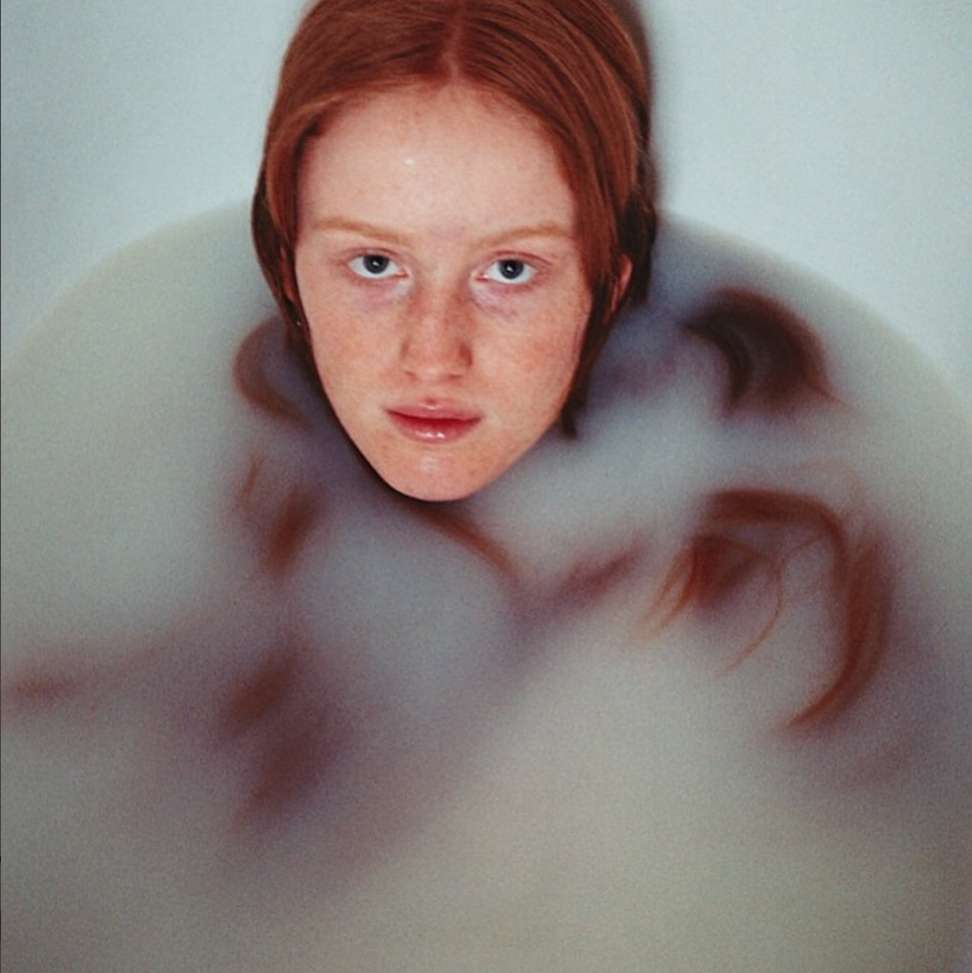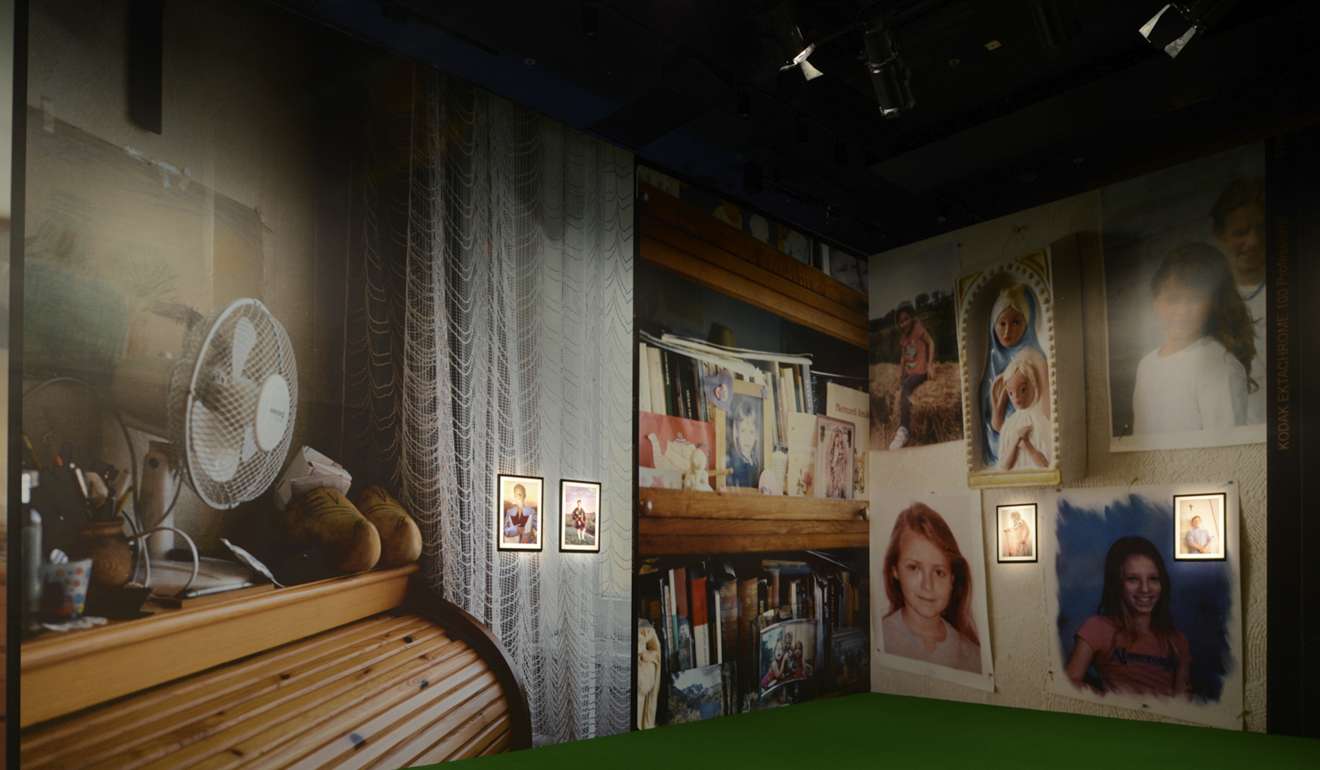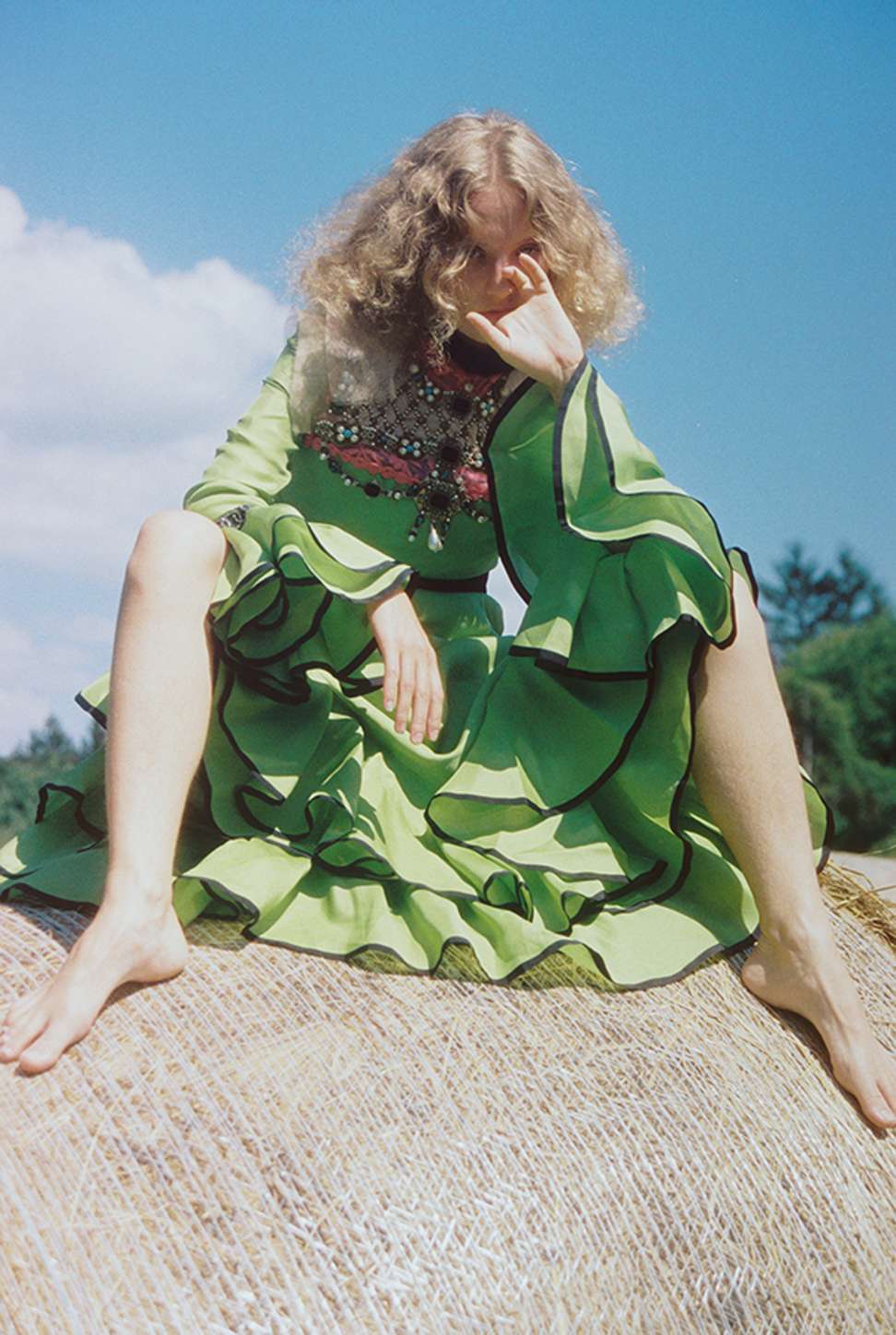
Petra Collins, photographer who ‘grew up on Facebook’, on how the internet offers opportunities for new artists
Young Canadian artist enjoys the connection with her audience that social media gives her, and says working with fashion brands gives her a platform to pursue her art
Canadian photographer and artist Petra Collins, 24, has collaborated with fashion brands including Gucci and Stella McCartney and cultural institutions such as The Tate Modern art gallery in London and New York’s Museum of Modern Art (MoMA). She was named one of Forbes’ 30 under 30 in art and style for 2017.
You began your career in photography at 15 years old – what drew you to the art world?
I had a lot of trouble with reading and writing when I was young. Art saved me because it was the only way I could express myself and communicate with the world. I tried different outlets – I wanted to be a dancer but hurt my knee, so I couldn’t continue. I was interested in film and photography, as it was the easiest and fastest way to get a story told. My generation is all digital, and I feel that film is important because it’s so tactile. There’s this process you have to go through to create it, which is why I gravitated towards it.

Saying that, you were discovered by many people through Instagram. How has the digital world helped propel your career?
For a long time there wasn’t a space for me or for women or the marginalised to express themselves. Everything was dominated by white men. The internet has been so important for my peer group to create these spaces and platforms where such voices were never heard before. The internet has given us opportunities. Social media is a part of me so I can directly connect to my audience, speak to them and get constructive criticism. I grew up on Facebook, it’s a different realm I live in. For some people this is inauthentic, but for me it’s all I know.
What message do you want to express through your work?
As a young woman I was disturbed by the fact that there was no imagery that truly expressed the experience of a young woman, and the challenges and turbulence we go through. All we had were teenage magazines like Cosmopolitan which are very one-sided, and show an objectified view of women. That was what I was taught, but I wanted to create something different. I try to create imagery that speaks to the younger generation.

You also run a think-tank for creative women looking to redefine the way women are viewed. Do you consider yourself a feminist?
For so long, a woman was only able to exist in this craft by positioning herself as an object. We want to change this. Feminism is a lens I see the world through and what I believe in. I don’t ever use it as a tool of promotion. We work to create a new wave of feminism that is more inclusive. I want others to feel equal. It’s so great to see women in positions of power, which is why other artists, such as Marilyn Minter, are so inspirational to me.
You recently collaborated with a range of brands including Gucci. How are fashion and art connected for you?
They are very similar because they both have their dark sides. They are both very large, commercial industries but they have these pockets of creativity that draw me in. When I worked with Alessandro Michele at Gucci, for example, it was a privilege because they really gave me carte blanche to do what I wanted, which is a dream for any artist. They really respect art and individuality.

Also, as much as I love art, it is something that is still a privilege to make and very few people can make it while still making a living. The fashion industry makes this possible. For example, I did a campaign recently with Nordstrom where all the artists I worked with got paid to do something they love. The work we do goes beyond that because all the young girls looking at that campaign can be inspired, but we still need to survive. The more we have people in a place that allows them to create, it makes it all the more powerful.
What have been your favourite projects to date?
I recently created a tableau for MoMA with Madelyne Beckles. I’ve always been obsessed with Olympia, a controversial painting by Manet which showed a nude prostitute. There are so many layers to this image, so we wanted to create a modern vision of this woman, or our Olympia, using technology and a live performance.
What legacy do you want to leave?
I have no idea – I take it day by day. A positive one, hopefully.

